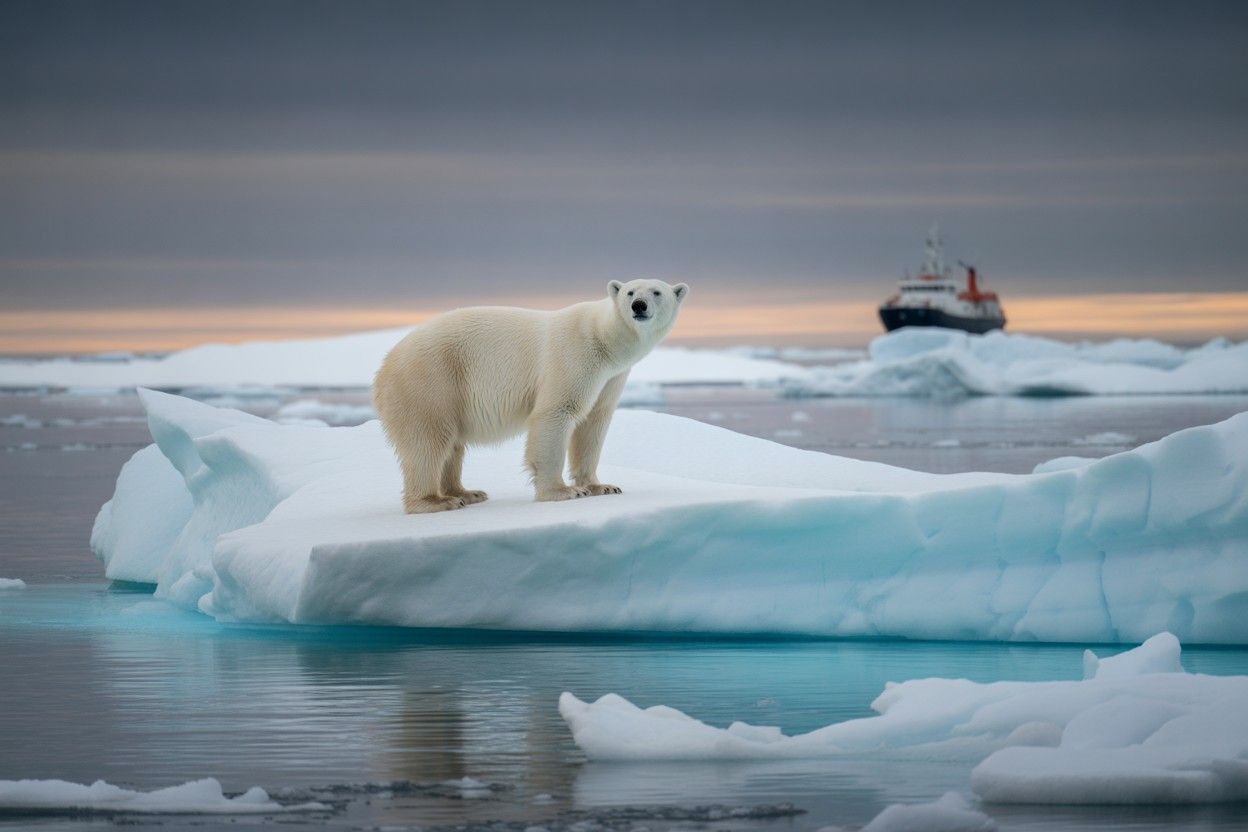Published on
August 15, 2025
As climate change accelerates, many of the world’s most iconic destinations are facing the threat of disappearance. From melting glaciers in Iceland to bleached coral reefs in the Great Barrier Reef, more tourists are flocking to these fragile environments in a phenomenon known as last-chance tourism. While this trend raises important concerns about the environmental impact of increased travel, it also offers a unique opportunity to raise awareness and inspire conservation efforts, provided it is done ethically. The growing popularity of last-chance tourism is influencing global travel, particularly to locations like Iceland, Antarctica, and the Great Barrier Reef.
The Appeal of Last-Chance Tourism: A Growing Trend
Last-chance tourism refers to the practice of visiting destinations that may soon be irreversibly altered or lost due to climate change. Locations like Iceland, Antarctica, and the Great Barrier Reef are prime examples of places that attract visitors hoping to witness their beauty before it’s too late. In Iceland, for instance, glaciers that once covered vast areas are rapidly shrinking, while in Antarctica, the warming climate poses a direct threat to wildlife and ecosystems. Similarly, the Great Barrier Reef faces ongoing coral bleaching events caused by rising sea temperatures.
Tourists visiting these destinations are often driven by a sense of urgency, a desire to experience these places before they change beyond recognition. However, the carbon footprint of traveling to these remote areas is a growing concern, as air travel and cruise ships contribute to the very climate change that threatens these regions. While this practice can lead to increased environmental awareness, it also brings a need for responsible, sustainable tourism practices to mitigate its impact.
Ethical Considerations in Last-Chance Tourism
For last-chance tourism to be truly impactful, it must be approached responsibly. Experts in the field argue that travelers to these vulnerable destinations must take measures to minimize their environmental footprint. One key factor is how people travel to these places. Choosing eco-friendly travel options, such as carbon-offset flights and small-group tours, can help reduce the overall environmental impact.
In addition, visitors should ensure their activities are non-invasive and do not harm the delicate landscapes they are visiting. Travelers to the Great Barrier Reef are encouraged to opt for eco-certified tour operators that follow responsible practices and contribute to reef preservation efforts and in Iceland, tourists are urged to respect designated trails and avoid disturbing the natural habitat of endangered species.
Educational initiatives and awareness-raising are also crucial aspects of ethical last-chance tourism. By learning about the climate change challenges these destinations face, travelers can become advocates for their protection, both during their visit and after returning home.
The Emotional Impact of Last-Chance Tourism
Visiting destinations at risk of disappearing can evoke strong emotional responses from travelers. In Iceland, tourists who visit glaciers are often struck by the stark reality of their rapid retreat. Similarly, visitors to the Great Barrier Reef may feel a deep sense of loss after witnessing coral bleaching firsthand. This emotional connection can be a powerful motivator for conservation, as it may lead to a greater commitment to environmental advocacy.
However, experts note that while these emotional responses are important, they must be channeled into meaningful actions. Visitors should not only engage in responsible tourism during their trip but also support initiatives aimed at protecting these regions. This can include donating to conservation efforts, raising awareness on social media, and supporting policies that address climate change.
The Role of Tour Operators in Last-Chance Tourism
Tour operators play a pivotal role in shaping how last-chance tourism impacts both travelers and the destinations they visit. Responsible operators can help minimize the negative effects of increased visitation by offering sustainable travel packages and emphasizing the importance of ethical tourism. For example, in Antarctica, tour operators who are members of the International Association of Antarctica Tour Operators (IAATO) follow strict environmental guidelines, ensuring that wildlife and ecosystems are protected from harm. Similarly, in the Great Barrier Reef, certified operators often include citizen science activities where tourists contribute to reef monitoring and data collection. These initiatives allow visitors to engage with the environment in a way that supports conservation efforts, turning tourism into a force for good.
Making Last-Chance Tourism a Force for Good
Last-chance tourism is a growing trend that offers a unique opportunity to raise awareness of climate change and inspire action. By traveling responsibly, choosing eco-friendly options, and supporting conservation efforts, tourists can help protect the very places they came to see. With careful planning and an emphasis on sustainability, last-chance tourism can contribute to the preservation of endangered destinations like Iceland, Antarctica, and the Great Barrier Reef, turning emotional responses into lasting change.
Last-chance tourism is emerging as a meaningful way to raise awareness of climate change and inspire action. When travelers move mindfully, selecting low-impact transport, fueling local conservation programs, and offsetting emissions, they protect the very wonders they feel compelled to witness. Thoughtful itineraries, devoted to sustainability, can make a difference in Antarctica, Iceland, and the Great Barrier Reef, transforming urgency into actionable enduring help.
